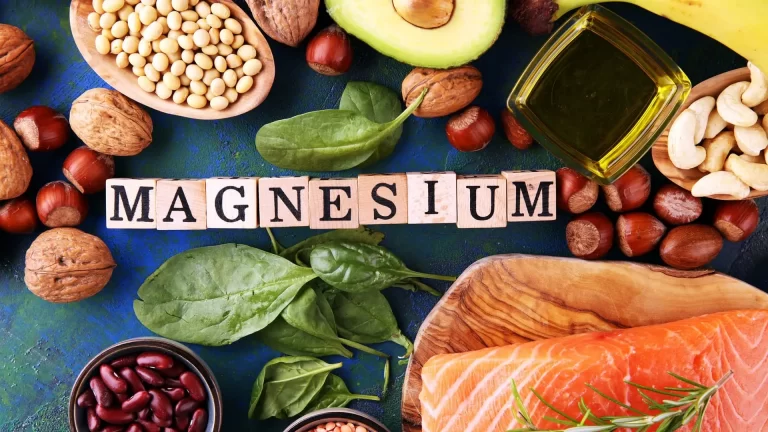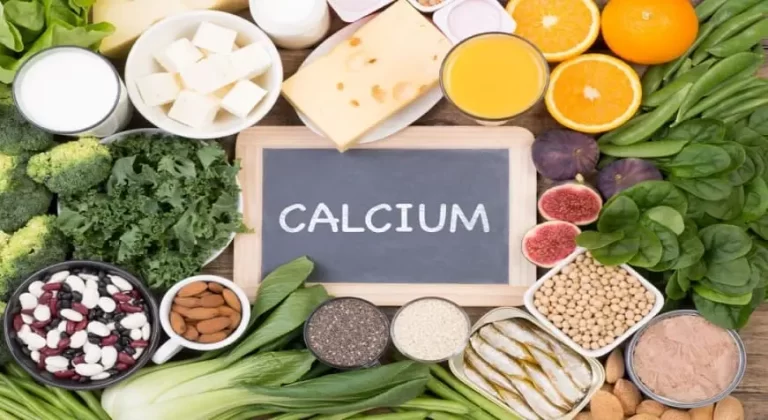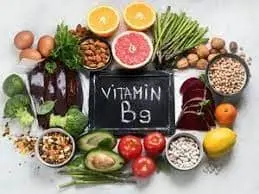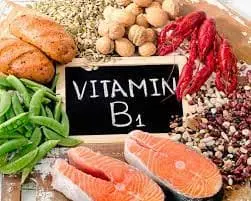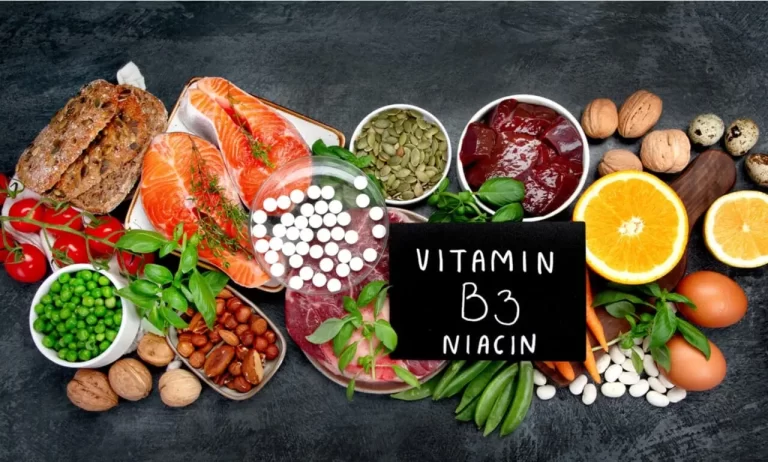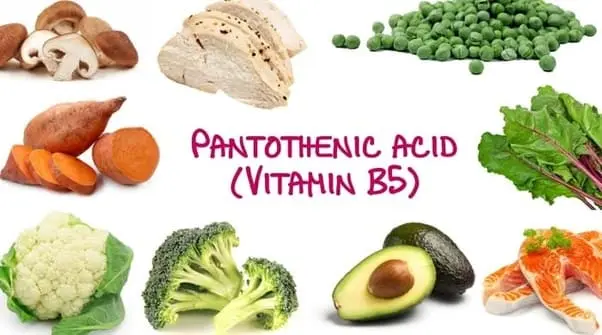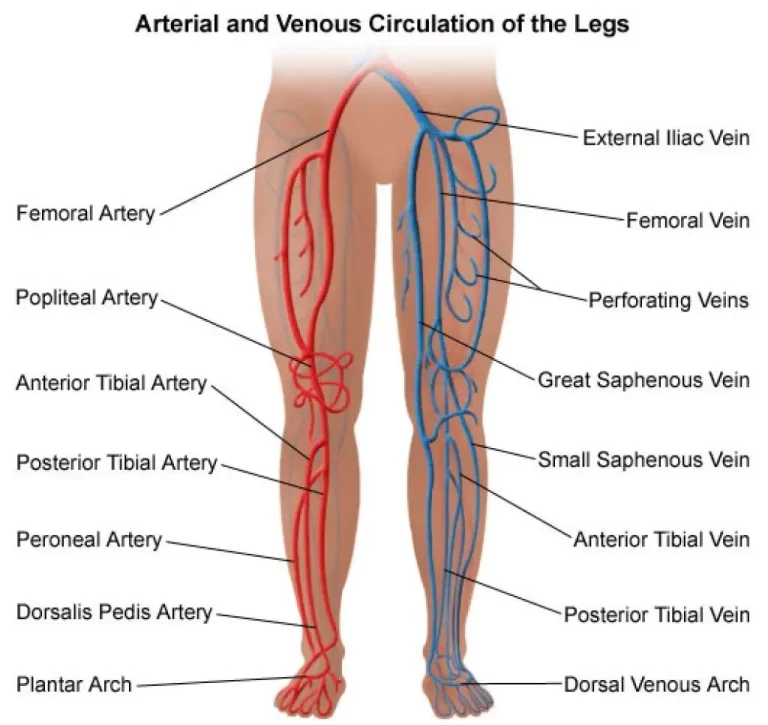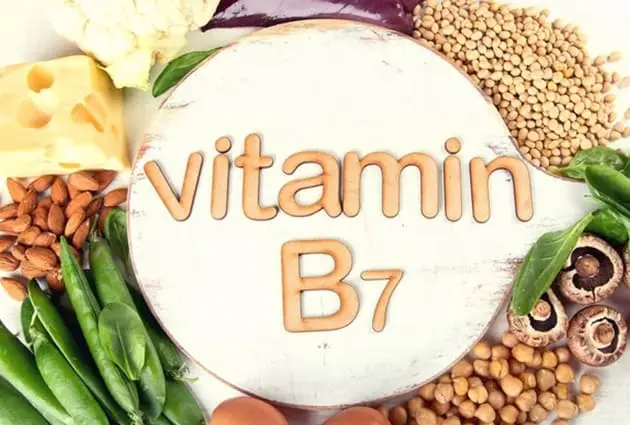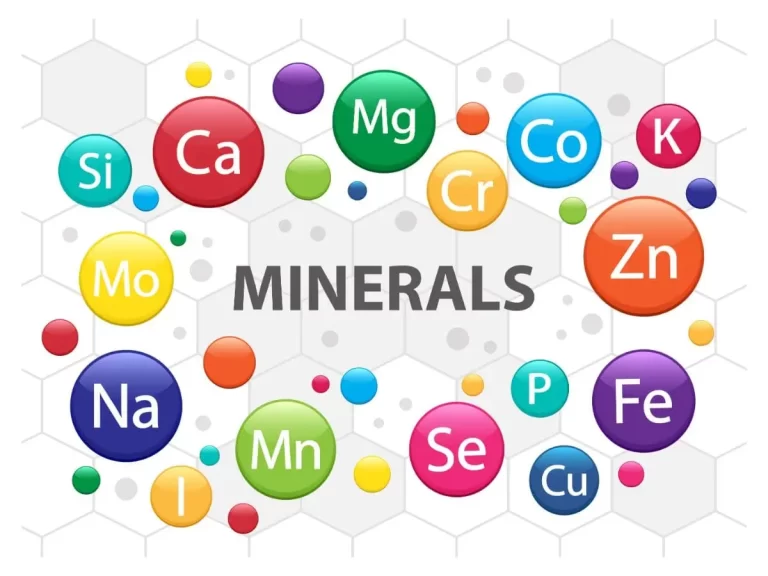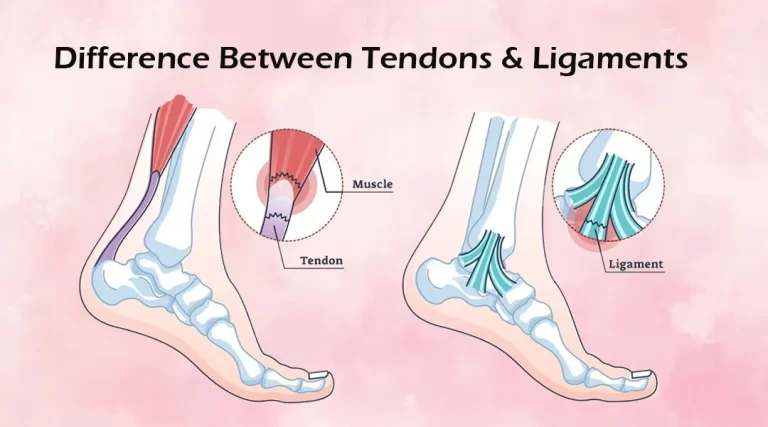Magnesium
What is Magnesium? Magnesium is an atomic number twelve element with the symbol Mg. It is a low-density, low melting point, and highly reactive metal that has a glossy gray color. Similar to other alkaline earth metals (group 2 of the periodic table), it is virtually always in the +2 oxidation state and only occurs…

